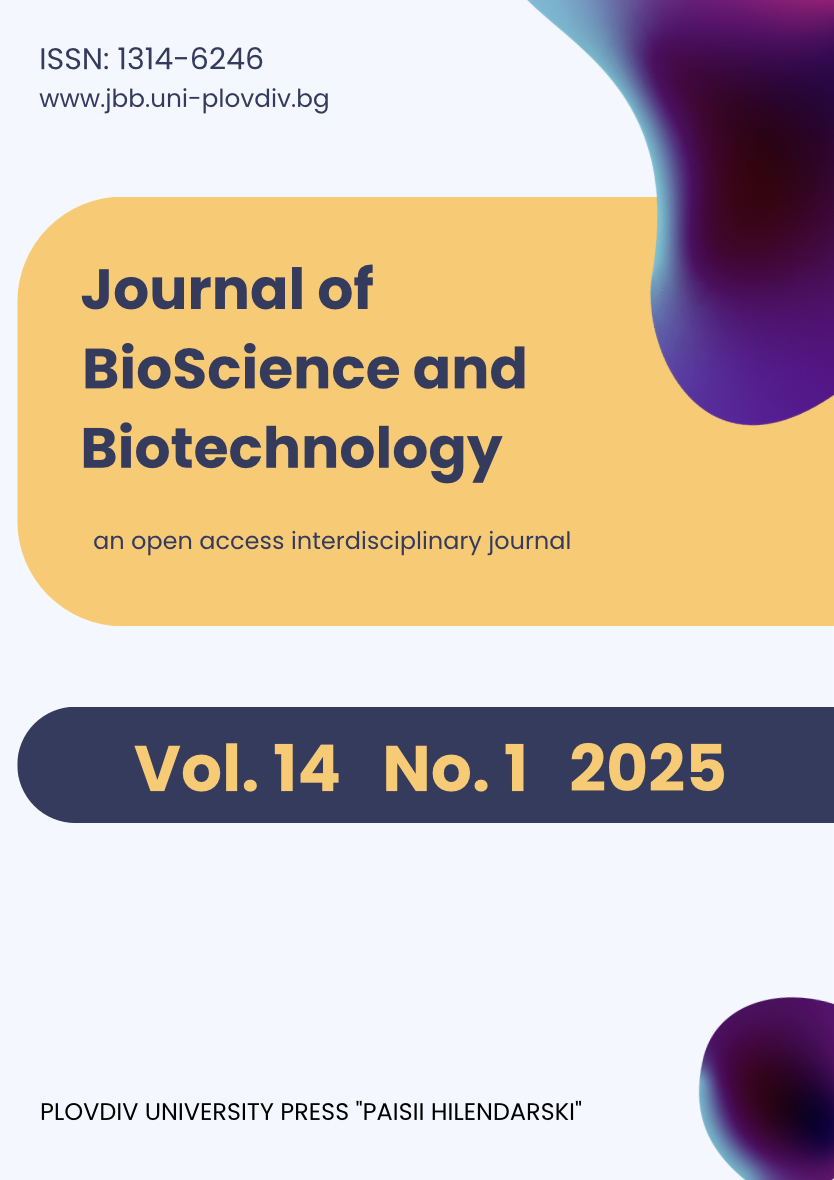Pseudocholinesterase levels and atherogenic indices as indicators of invasive and non-invasive bladder cancer
Keywords:
pseudocholinesterase, MIBC, NMIBC, bladder cancer, AIPAbstract
Background. Bladder cancer (BC) is the most prevalent cancer found in the bladder system and is the tenth most common carcinoma worldwide. Pseudocholinesterase (PChE) is one of the serum proteins. Serum PChE has been recognized as an indicator of outcome in several cancers; nevertheless, its correlation with oncological results in invasive (MIBC) and non-muscle-invasive (NMIBC) bladder cancers remains largely unexamined. In the present study, the ChE and lipid indices levels will be used as indicators of MIBC and NMIBC bladder cancers.
Methods: The present case-control research involved 160 patients (80 with NMIBC and 80 with MIBC) from the Central Hospital of Tumor, Najaf Governorate, Iraq. The serum PCHE level was determined by ELISA, while lipid profile parameters were measured by colourimetric assay techniques, respectively.
Results: PCHE levels are significantly lower in MIBC groups. While significantly increased in AIP ratio in MIBC groups. Furthermore, CRI-I, CRI-II and AC show no significant difference between groups. According to logistic regression analysis, the PCHE levels negatively predicted the presence of BC and protective agent BC disease (OR= 0.81, 95% CI: 0.74-0.88, p=0.003), whereas lipid indices included an atherogenic index of plasma (AIP), Castelli’s risk index I (CRI-I), Castelli’s risk index II(CRI-II), and atherogenic coefficient (AC) levels positively predicted the presence of BC and increased risk for developing of the disease.
Conclusion: The results have shown that AIP and PChE levels, together with their combination utilization, may assist clinicians in evaluating or confirming the existence of this prevalent malignancy.
Downloads
Published
How to Cite
Issue
Section
License
Copyright (c) 2025 Hasan N. Smeasm , Raid J. M. Al-Timimi , Saif Hameed Mohammed , mohauman majeed

This work is licensed under a Creative Commons Attribution-NonCommercial-NoDerivatives 4.0 International License.
Authors of articles published in Journal of BioScience and Biotechnology retain the copyright of their articles. The journal/publisher is not responsible for subsequent uses of the work. It is the author's responsibility to bring an infringement action if so desired by the author.
- copyright, and other proprietary rights relating to the article, such as patent rights;
- the right to use the substance of the article in future own works, including lectures and books;
- the right to reproduce the article for own purposes, provided the copies are not offered for sale;
- the right to self-archive the article.


